Approaches to Bifurcation Management: A Live Case From University Hospital of Wales
Published: 12 September 2023
-
Views:
 1701
1701
-
Likes:
 7
7
-
Views:
 1701
1701
-
Likes:
 7
7
-
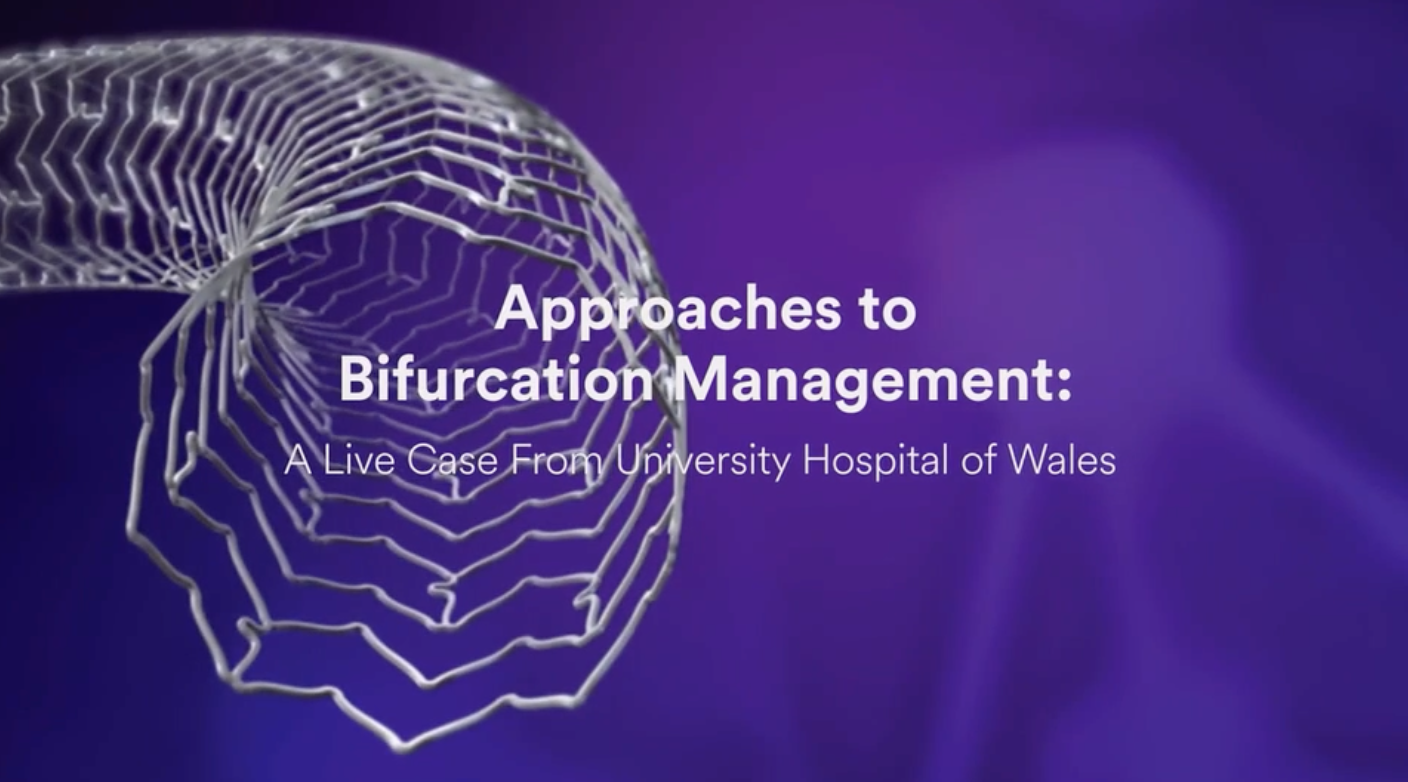 Up Next
Up Next -
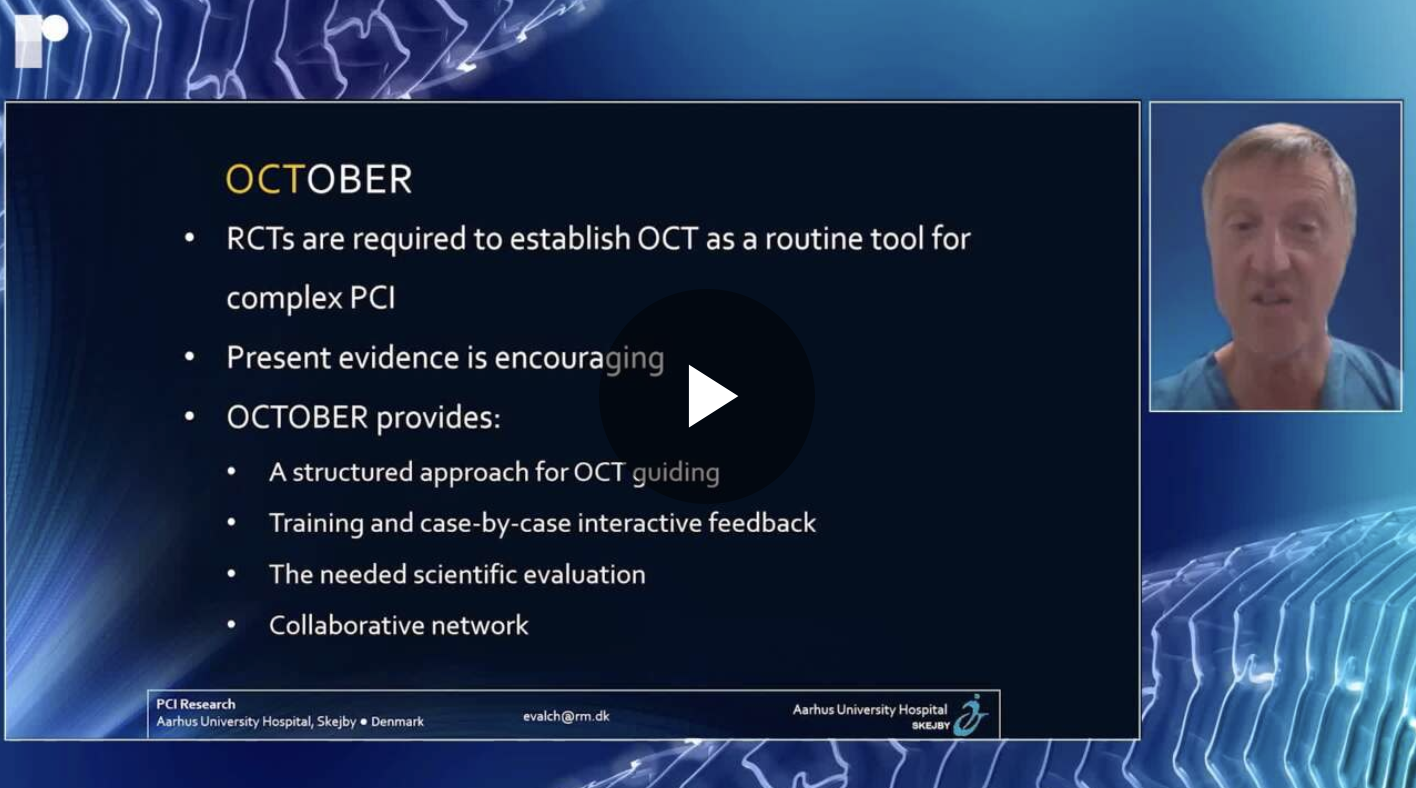 12m 16sPart 1 | Session 2 OCTOBER - Does Imaging Matter in Bifurcations?; Dr Evald Christiansen
12m 16sPart 1 | Session 2 OCTOBER - Does Imaging Matter in Bifurcations?; Dr Evald Christiansen -
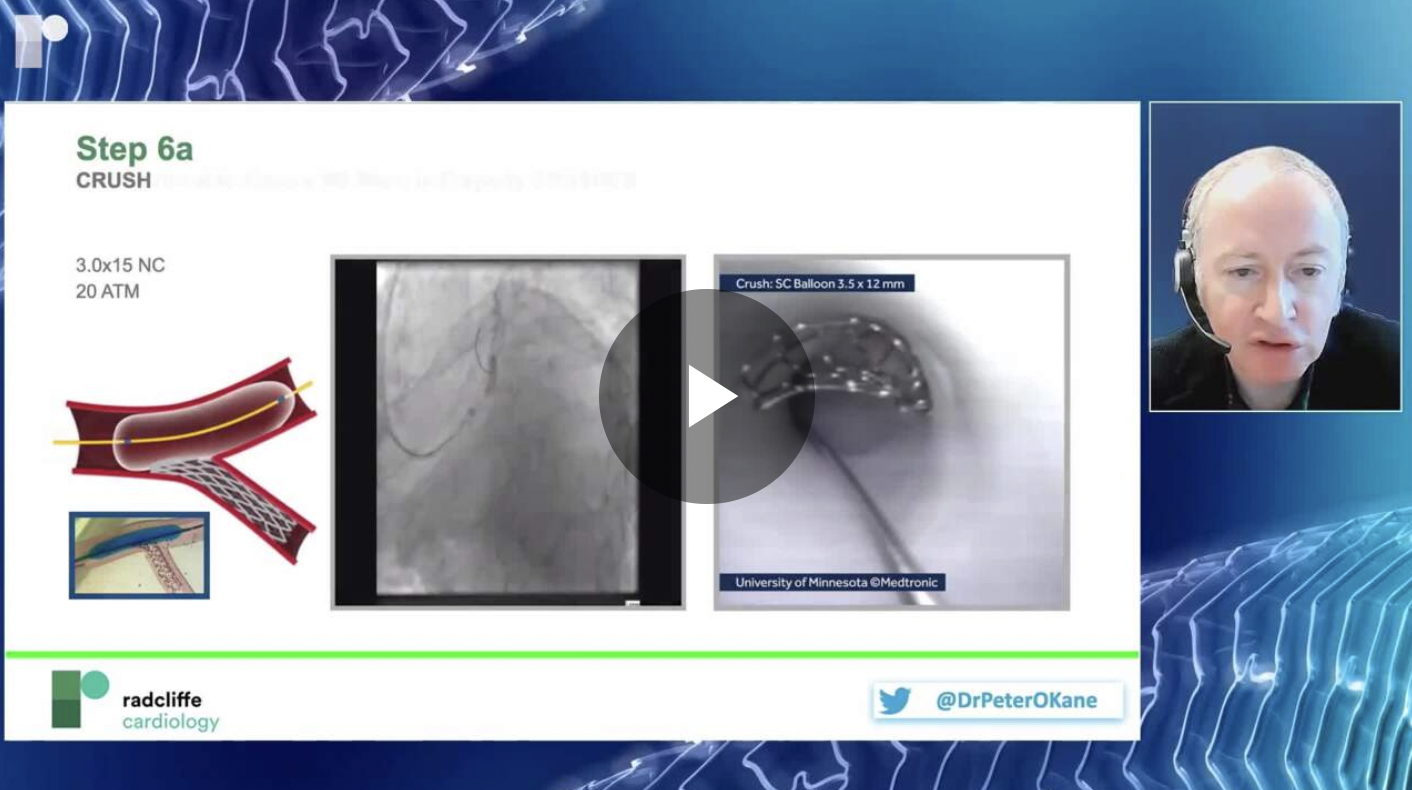 9m 8sPart 1 | Session 3 Bifurcation Techniques Step-By-Step; Dr Peter O'Kane
9m 8sPart 1 | Session 3 Bifurcation Techniques Step-By-Step; Dr Peter O'Kane -
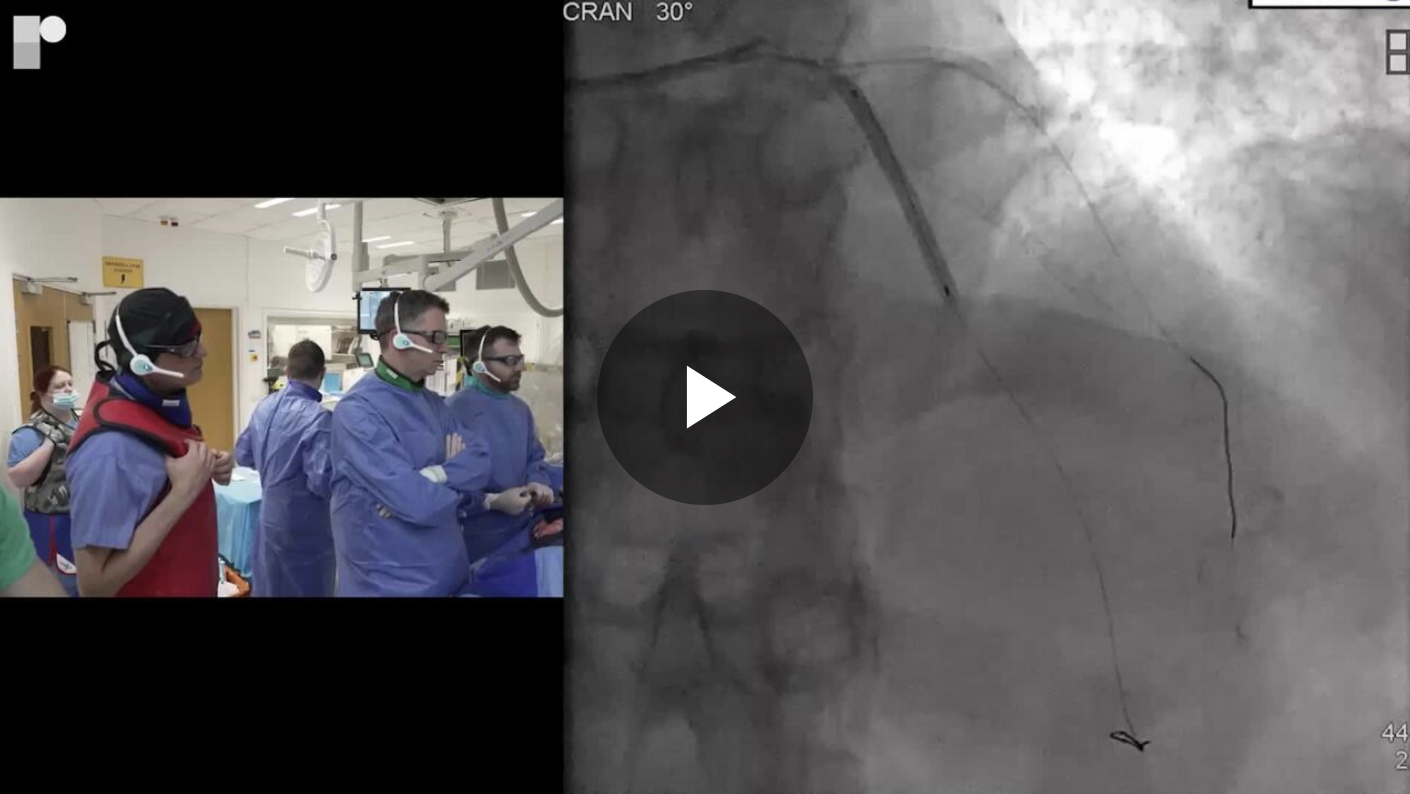 44m 33sPart 1 | Session 4 Live Case and Discussion: Optimal Bifurcation Treatment
44m 33sPart 1 | Session 4 Live Case and Discussion: Optimal Bifurcation Treatment -
 11m 30sPart 1 | Session 5 Live Audience Q&A and Discussion
11m 30sPart 1 | Session 5 Live Audience Q&A and Discussion
Overview
Watch this five part series for a didactic blend of research and practice, centred around a practical case from the University Hospital of Wales with operators Dr Sean Gallagher, Dr Tom Johnson and Dr Elliot Smith. They discuss the importance of pre-procedural planning, coronary physiology and imaging whilst treating complex anatomies.
In addition, Dr Evald Christiansen (Aarhus University Hospital, DK), provides a short update on the OCTOBER study, including further details on treatment goals for OCT guiding such as optimal vessel and stent expansion, as well as describing how OCTOBER provides a structured approach for OCT guiding.
Dr Peter O’Kane (Royal Bournemouth Hospital, UK), provides a detailed step-by-step overview of DK-Crush bifurcation technique, revealing the 10 steps to success.

Learning Objectives
- Evaluate bifurcation stenting techniques and explore the role of intravascular imaging
- Apply co-registered OCT imaging to simplify complex coronary disease management
- Utilise OCT imaging for optimising lesion preparation, bifurcation stenting techniques, and ensuring optimal stent deployment
Target Audience
- Interventional cardiologists
More from this programme
Part 1
Approaches to Bifurcation Management
Faculty Biographies
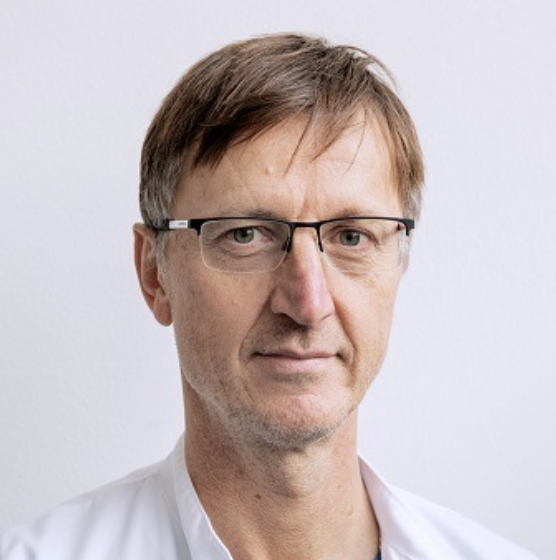
Evald Christiansen
Clinical Associate Professor, Aarhus University Hospital, Denmark
Dr Evald Høj Christiansen is an Associate Professor in the Cardiology Department of Aarhus University Hospital. He is an interventional cardiologist with 15 years' of experience in the field. His main interest is chronic total occlusions, bifurcations, coronary imaging, physiologic evaluations of coronary artery disease, and TAVR. He has performed a series of studies in this area and has conducted many clinical trials.
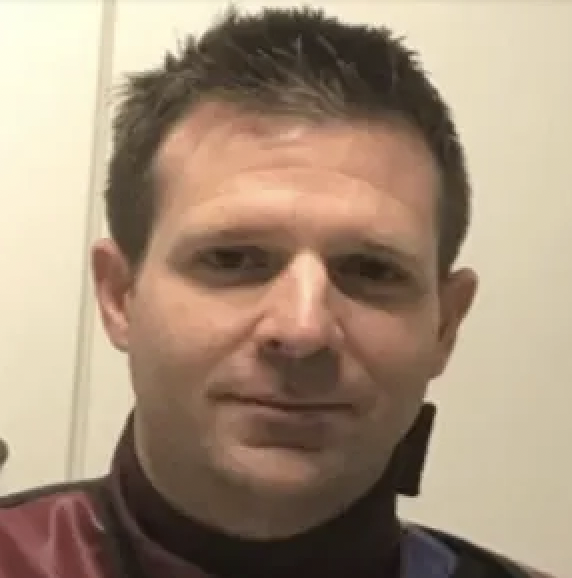
Sean Gallagher
Director of Interventional Cardiology
Dr Sean Gallagher is an interventional cardiologist. His interventional training was at The London Chest Hospital before undertaking an overseas fellowship at the Ottawa Heart Institute.
He was appointed as a consultant in 2014 and now works as the Director of Interventional Cardiology at the University Hospital of Wales, Cardiff, UK.
Dr Gallagher’s clinical interest is the interventional management of complex coronary disease, especially chronic total occlusion PCI.
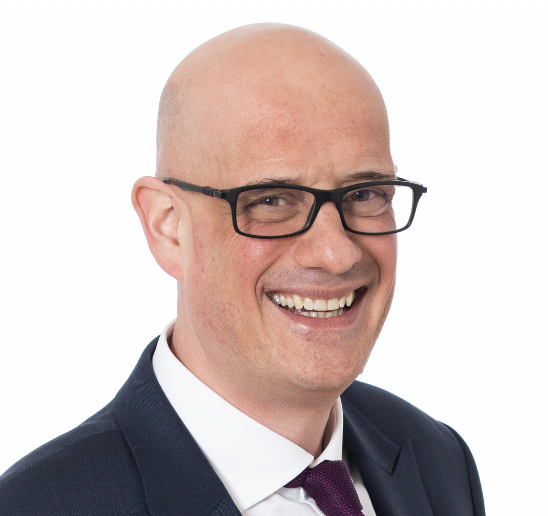
Elliot Smith
Consultant Cardiologist
Dr Smith qualified in 1994 from Guy’s and St Thomas’ Hospitals, London. He trained in general & interventional cardiology at the Manchester Heart Centre (Manchester Royal Infirmary) and The London Chest Hospital.
Dr Smith was appointed as a consultant in 2008 and works at Barts Heart Centre (Barts Health NHS Trust) and Royal Free Hospitals Foundation Trust as an interventional Cardiologist. He has a strong interest in the training and education of future heart specialists, and is a founder and Director of the Cardiovascular Training Institute at Barts Health NHS Trust.
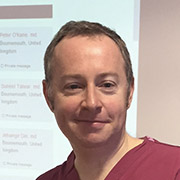
Peter O’Kane
Consultant Interventional Cardiologist
Dr Peter O'Kane has been Editor-in-Chief of Interventional Cardiology: Reviews, Research, Resources (ICR3) since July 2021.
Dr Peter O’Kane was appointed as a consultant interventional cardiologist at Royal Bournemouth Hospital in July 2007 and has performed more than 7000 PCI cases. He has extensive experience with coronary physiology and intra-coronary imaging to guide intervention and the many tools and techniques to manage bifurcations, calcification and chronic occlusions.
Dr O'Kane has given his permission to be contacted here.

Tom Johnson
Consultant Cardiologist, Bristol Heart Institute
Dr Johnson is fully trained in percutaneous coronary intervention and all aspects of general cardiology including hypertension, cardiovascular risk assessment, valvular heart disease, heart failure and arrhythmia.
He qualified from St Mary's Hospital (Imperial College, London) in 1998 and prior to commencing specialist training in the South West he undertook a period of research studying novel treatment strategies to prevent re-narrowing of stented coronaries and bypass grafts, culminating in the award of an MD. Additionally, he spent one year as Interventional Fellow at the world renowned Greenlane Cardiovascular Unit in New Zealand.






Comments